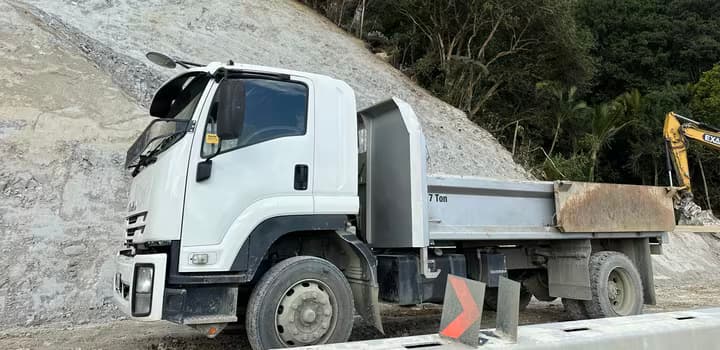Transport costs ease as weak demand hampers recovery

Most costs for transport operators declined in the June quarter, with only unchanged road user charges and a modest increase in labour costs bucking the falls. The biggest quarterly declines occurred for finance and fuel costs, continuing the downwards trend for these cost categories that has persisted since late 2023.
Diesel prices in the June quarter were down 5.0% from March and 8.6% from a year earlier, reaching their lowest level since June 2023. International oil prices appear to have stabilised following a brief spike during the Iran-Israel war in June, meaning that diesel prices to date in the September quarter are little changed from the previous three months. International oil markets remain well supplied amid relatively weak global demand conditions, while negotiations around the Russo-Ukrainian war could also significantly affect prices going forward.
Finance costs fell another 5.7% in the June quarter as the Reserve Bank continued lowering the official cash rate, with cuts taking it to its lowest level since late 2022, at 3.25%. The pace of cuts is now slowing, with the Bank pausing at its July meeting, and the official cash rate is expected to reach its low point of 2.5-3.0% by early 2026 at the latest.
A 2.5% fall in costs for tyres and vehicle parts more than reversed the previous quarter’s jump, which saw annual cost growth in this category at just 0.6%, its weakest since September 2023. Other overhead costs fell 1.6% in June after an unusually large increase in the March quarter, but costs are still up 3.9% from a year ago, reflecting pockets of continued domestic price increases. In this vein, repairs and maintenance costs were still up 12% from a year ago, despite edging lower in the June quarter. Nevertheless, weak demand conditions suggest that broader cost pressures will continue to dissipate and headline inflation will ease in 2026. This weakness is also reflected in labour market outcomes, with a lack of job growth and continuing rises in the unemployment rate limiting labour cost inflation for the transport industry to just 2.2%pa.
Overall, New Zealand’s patchy economic recovery is reducing cost pressures. Soft demand conditions mean that, in some cases, firms are chasing work and pricing jobs more sharply. However, these weak demand conditions mean that the operating environment remains a challenging one for transport businesses, and it is likely that the recovery that was hoped for during 2025 might not become more fully embedded until early 2026.
Infometrics prepares a customisable road transport cost index for National Road Carriers every quarter. The quarterly cost index tool updates give NRC trucking operator members timely information to plan and better manage their businesses. NRC members can log onto www.natroad.co.nz to enter their cost inputs into the cost index tool to see the impact of economic changes on their specific business.
- SH1 Brynderwyn Hills Worksite - August 2023 by Brad Olsen. Copyright 2023.
 Gareth Kiernan
Gareth Kiernan




